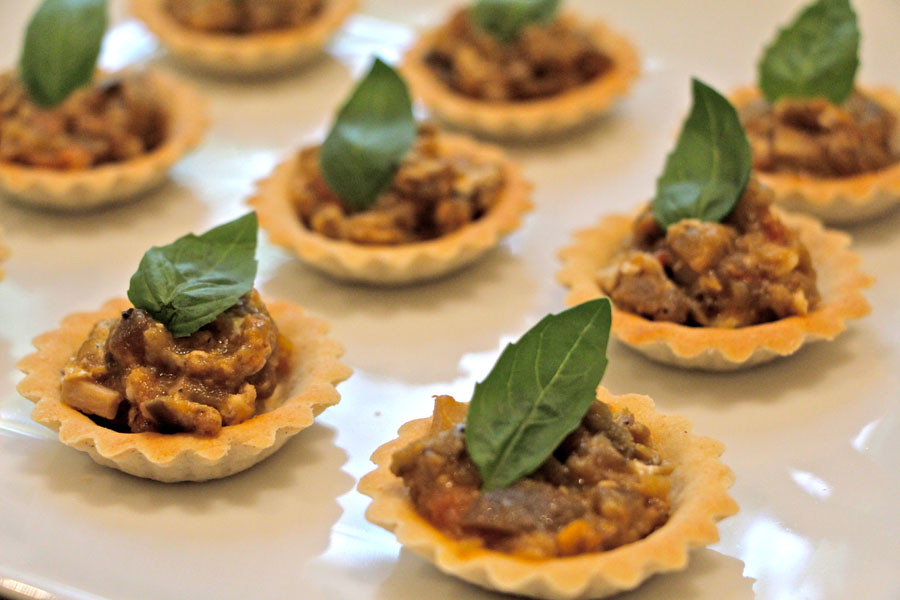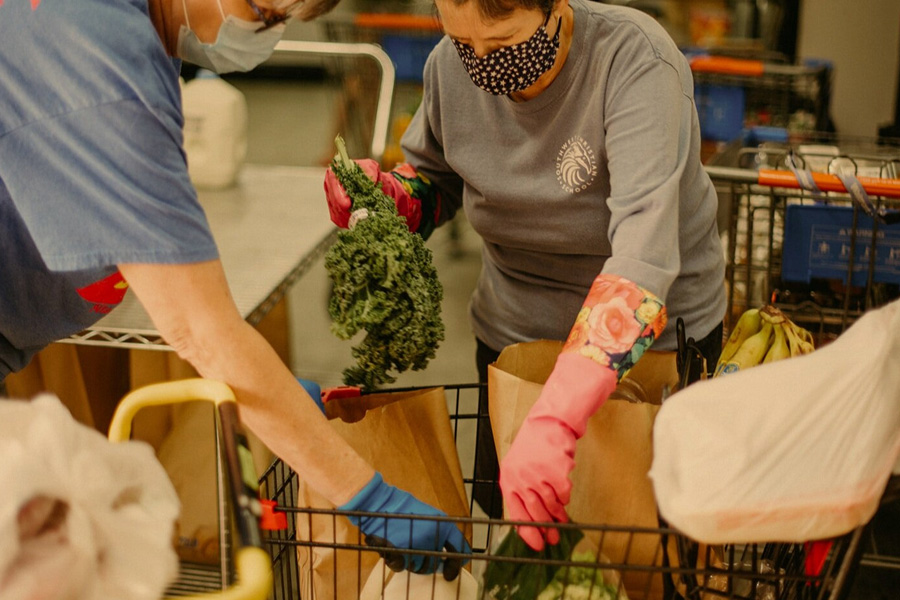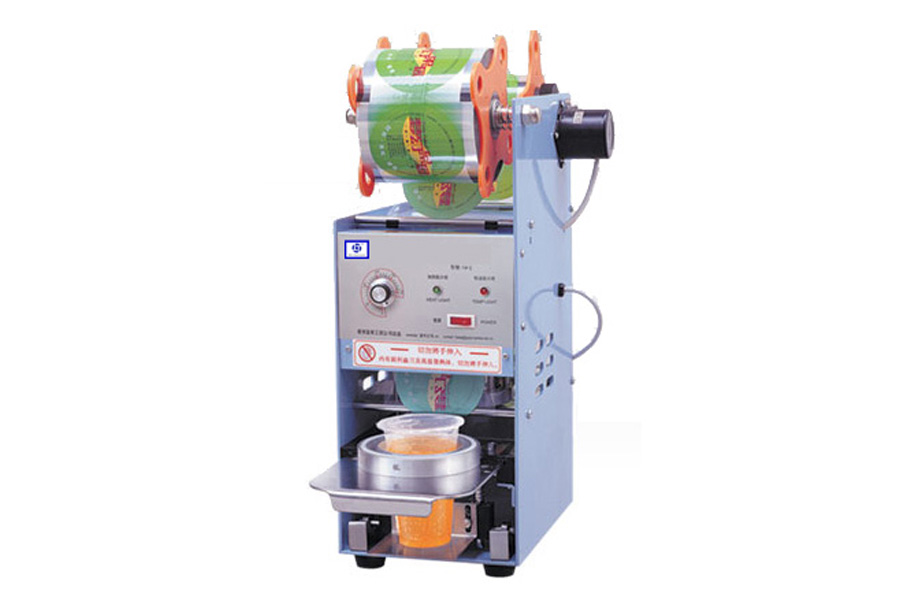3 Persian Cuisine Classics That You’re Sure to Fall In Love With
Persian cuisine comes from the Middle Eastern country of Iran. While the area is no longer called Persia, people still traditionally refer to the cuisine as Persian (although some people do refer to it as Iranian cuisine). In addition to being absolutely delicious, Persian cuisine also serves as a history book, as it holds the key to centuries of techniques and ingredients used to prepare these traditional dishes. When enjoying Persian food, you’ll notice that the primary ingredients used are rice, meat, and vegetables. These ingredients are found in the majority of Persian dishes.
In addition, a variety of Persian dishes also feature nuts, spices, and herbs. These include, for example, cinnamon, saffron, turmeric, and parsley. While individuals often compare Persian cuisine to Indian or Pakistani cuisine, it is truly an exceptional, one-of-a-kind cuisine that is incomparable. Below are some traditional, classic Persian dishes that are highly recommended if you’re interested in exploring the flavors and tastes of Persian cuisine.
The Sweet And Tart-Flavored Fesenjan
Fesenjan is one of those tasty dishes that becomes an instant favorite the moment you try it. This is primarily due to the unique blend of ingredients and flavors present in the stew. If you love the union of fruits and nuts, then this is the perfect dish for you. Fesenjan is one of Persian cuisine’s most famous and delicious stews. Just one taste and you’re sure to fall in love. It is both sweet and tart at the same time, thanks to the combination of ingredients such as pomegranate juice and Medjool dates. Fesenjan is often paired alongside a plate of white basmati rice or on top of tahdig, Persian crispy basmati rice.
The Savory And Tangy Ghormeh Sabzi
Traditionally known as Ghormeh Sabzi, this Persian dish will make you feel like you’re back in Iran as you enjoy one of Persian cuisine’s most authentic dishes. The dish is predominantly known for its unique combination of Middle Eastern herbs, red beans and hints of sun-dried lime, providing it with a bit of a citrusy taste. If you are a mushroom fanatic, vegetarian versions of ghormeh sabzi replace the meat that is traditionally found in this stew with diced mushrooms. The combinations of flavors and textures are sure to impress both you and your guests whom you’ll be serving this Persian classic to.

Taste Persian Rice Like Never Before
One of the main specialties of Persian food is the variety of rice dishes available in the cuisine. While all of them use basmati rice as their base, they are mixed together with a ton of different inclusions. For example, sabzi polo is basmati rice mixed with different herbs, whereas haveej polo is basmati rice mixed with sugared carrots. One thing that is consistent regardless of what Persian rice dish you’re making is tahdig, or the thin layer of crispy basmati rice that forms at the bottom of the pot. If you place the Persian rice on top of the stovetop for just the right amount of time and with just the right amount of heat, you’ll be sure to get a perfectly crisped layer of basmati rice to form at the bottom of the pot.
While Persian food is not usually a cuisine that you can find in grocery stores or order online, Baaz Bites has perfected the art of Persian food. You can taste the crispiness of tahdig in your own home through their signature crispy basmati rice cups. If you’d like, you can pair the cups with a side of ghormeh sabzi or fesenjan stew. Time to see for yourself what it’s all about!







Post Comment
You must be logged in to post a comment.